Toggling Sensibo using AWS Lambda
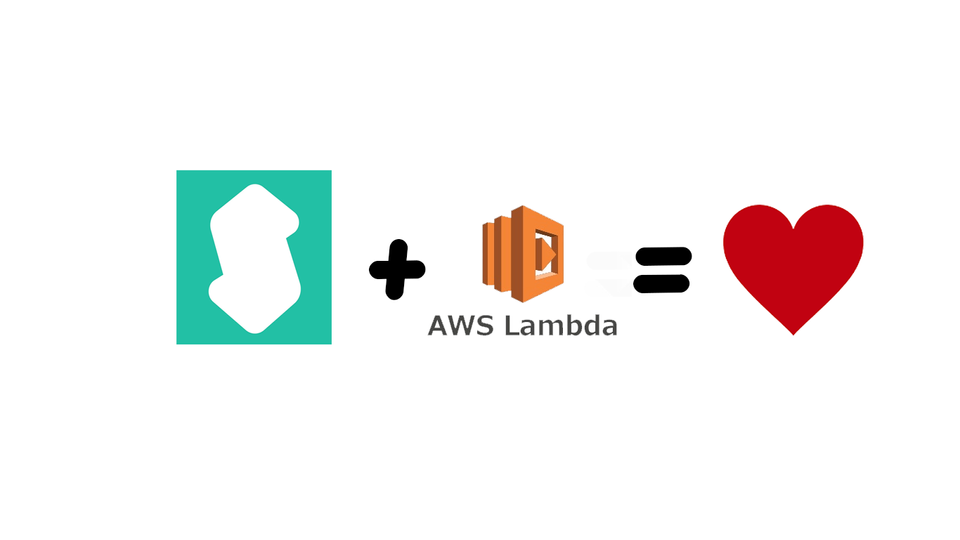
With the recent launch of iOS 16, a most welcomed addition to my life was introduced - the Lock Screen widgets.
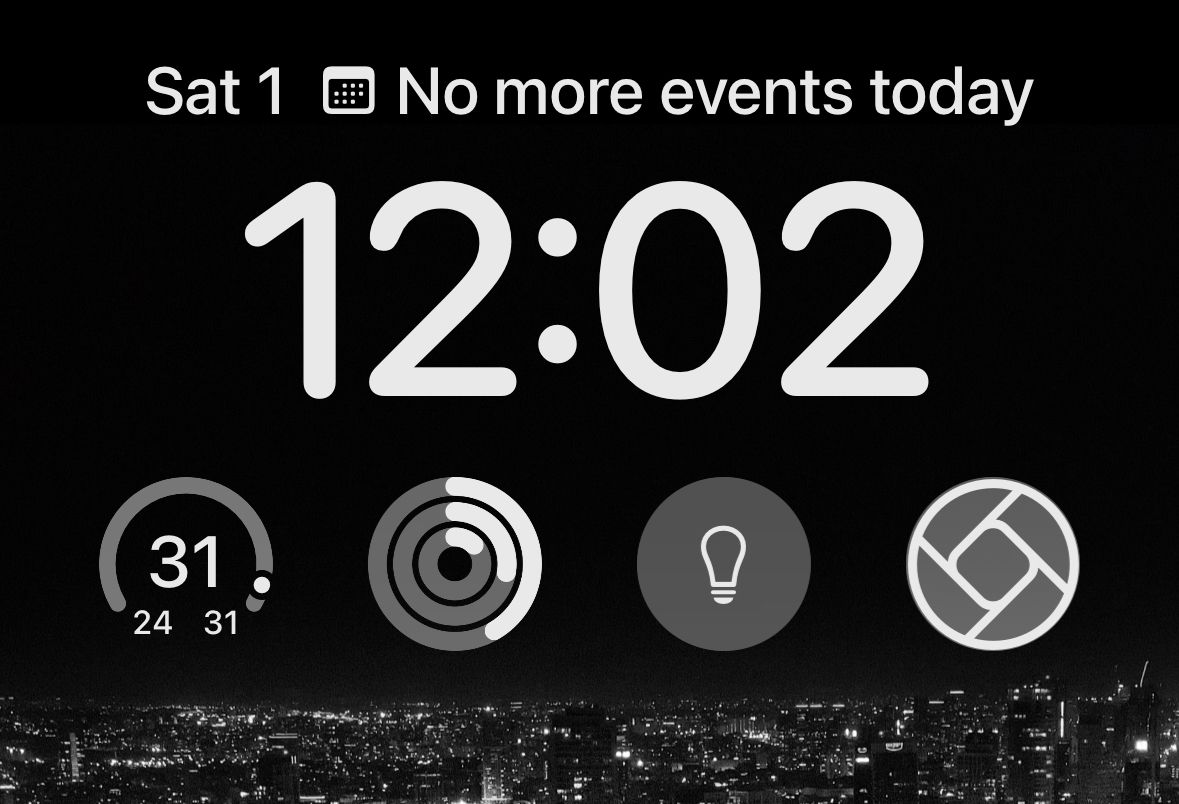
These little widgets make access to data and actions much more accessible.
Not only that - they significantly boost productivity! Now, instead of having to open up my phone, find an app, and do whatever it is that I want to do, I can glance at my phone to get the information I need, and I am just one tap away from quick actions that help me throughout the day.
Toggling as a Shortcut
One use case that I found particularly interesting for me is the ability (Which, for some reason, isn’t native and requires you to use apps such as LockFlow) to add Shortcuts as widgets to your Lock Screen.
For example, I’ve used this shortcut by Reddit user /u/Rockster160 to add a quick LIFX smart lights toggle to my Lock Screen. Now, It is just one quick tap away when I want to turn my lights on or off.
Naturally, I was pretty excited by this shortcut. So much happy that I wanted another one just like it - but instead of toggling my lights, I wanted it to toggle my AC, which is controlled via a Sensibo device.
Alas, this wasn’t as trivial as it might seem to be. If we looked at the LIFX shortcut I’ve linked to, we would see that it is a simple one - it uses a LIFX API endpoint named /toggle - which doesn’t require you to embed logic (no need to check if the lights are on or off - it does it all for you).
Sensibo’s API, on the other hand, does not provide such an endpoint ☹️

Now, this is a problem that can be solved in many different ways. I could write a shortcut to query the device’s current status and trigger the correct call in response. I could use Home Assistant to run this as a Script for me. There are many solutions, and most would be more straightforward than what I’ve chosen.
You see, I’ve decided to go Serverless.
Serverless Computing
What is Serverless computing? As Cloudflare defines it:
Serverless computing is a method of providing backend services on an as-used basis. A serverless provider allows users to write and deploy code without the hassle of worrying about the underlying infrastructure. A company that gets backend services from a serverless vendor is charged based on their computation and do not have to reserve and pay for a fixed amount of bandwidth or number of servers, as the service is auto-scaling. Note that despite the name serverless, physical servers are still used but developers do not need to be aware of them.

What does this have to do with my problem? While this might not be the perfect solution for this scenario, I was always fascinated by this technology, and I’ve long sought an opportunity to try it. And when this problem has risen, I thought - "Hey, why not?"
The plan is simple:
- I will write a simple Python script to run the toggle logic - query the current status and decide what action to run.
- Create a Serverless function that will run my script.
- Create a Shortcut to trigger the function.
- ???
- Profit!
Writing the function logic
So let’s start by writing the function's logic. The first thing to do is get an API key from your account.
Next, I’ve used the API example code from the docs as a basis for my script. That was the easy part - there wasn’t a lot of logic here, and it mainly was gluing Sensibo’s API endpoint together:
import requests
import json
_SERVER = 'https://home.sensibo.com/api/v2'
class SensiboClientAPI(object):
def __init__(self, api_key):
self._api_key = api_key
def _get(self, path, ** params):
params['apiKey'] = self._api_key
response = requests.get(_SERVER + path, params = params)
response.raise_for_status()
return response.json()
def _patch(self, path, data, ** params):
params['apiKey'] = self._api_key
response = requests.patch(_SERVER + path, params = params, data = data)
response.raise_for_status()
return response.json()
def devices(self):
result = self._get("/users/me/pods", fields="id,room")
return {x['room']['name']: x['id'] for x in result['result']}
def pod_ac_state(self, podUid):
result = self._get("/pods/%s/acStates" % podUid, limit = 2, fields="acState")
return result['result'][0]['acState']
def pod_change_ac_state(self, podUid, currentAcState, propertyToChange, newValue):
self._patch("/pods/%s/acStates/%s" % (podUid, propertyToChange),
json.dumps({'currentAcState': currentAcState, 'newValue': newValue}))
def toggle_ac(sensibo_client):
device_uid = client.devices()[device_name]
ac_state = client.pod_ac_state(device_uid)
client.pod_change_ac_state(device_uid, ac_state, "on", not ac_state['on'])
if __name__ == "__main__":
api_key = 'API_KEY'
device_name = 'SENSIBO_DEVICE_NAME'
client = SensiboClientAPI(api_key)
toggle_ac(client)
This simple code works, and it is good enough as a basis for what’s next.
AWS Lambda
The service I choose to use for the Serverless function is AWS’s Lambda, as it is the most familiar one.
After signing up, you need to create a lambda function in the Lambda Console:
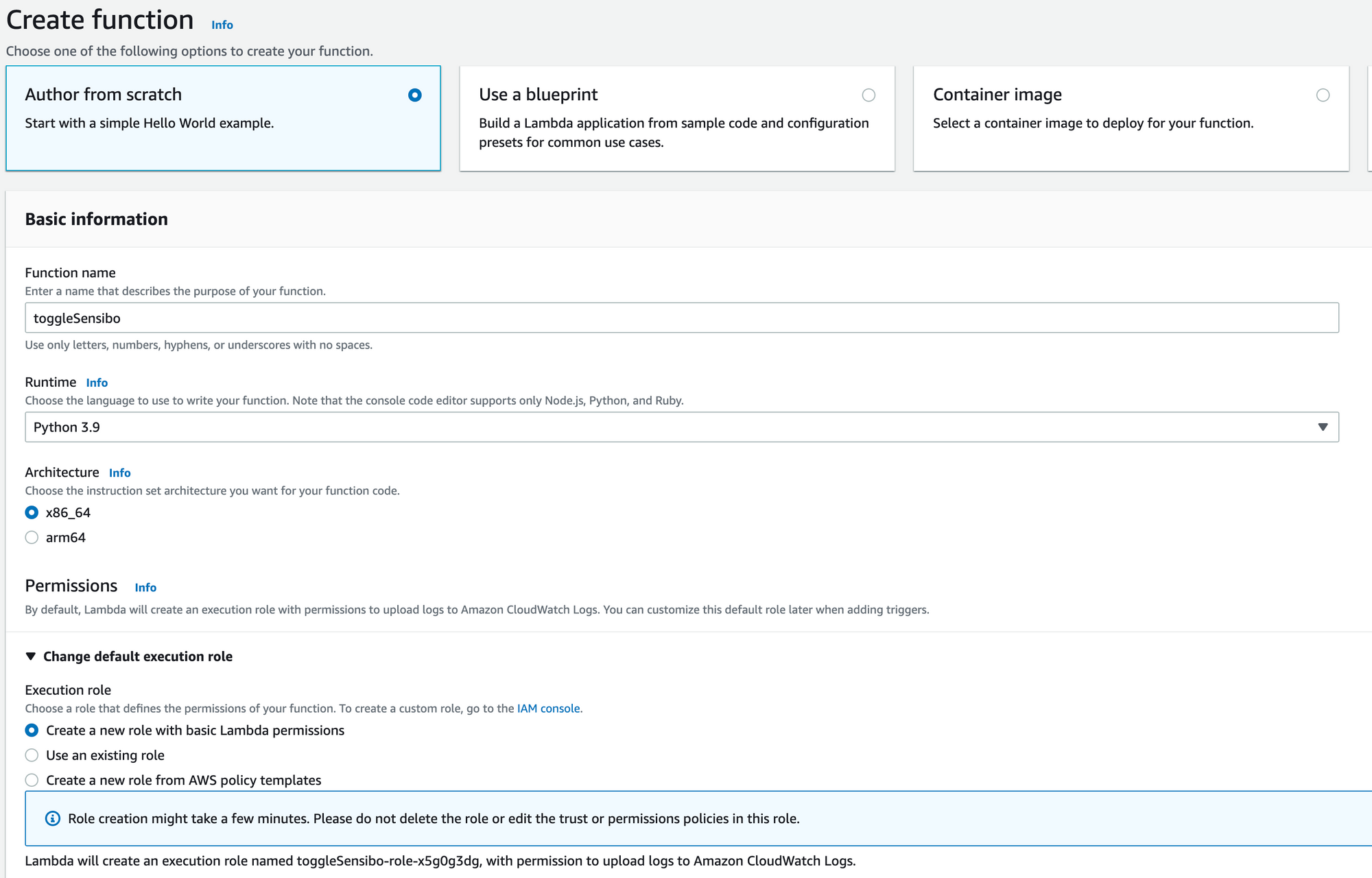
Notice that I chose to make my function public, as I later wanted to use it straight from the Shortcut app without the need to authenticate - I am not sure this is the ideal choice, but I decided to roll with it.
Next, we will add our script to the code editor, but now we will retrieve the parameters from the request:

This is where I’ve hit an unexpected (or very much expected, depending on your point of view) - The HTTP package I’ve used, requests, is not natively available on Lambda.

To use it, one must add it as another layer to the function - I’ve used this tutorial to do so, and it worked!
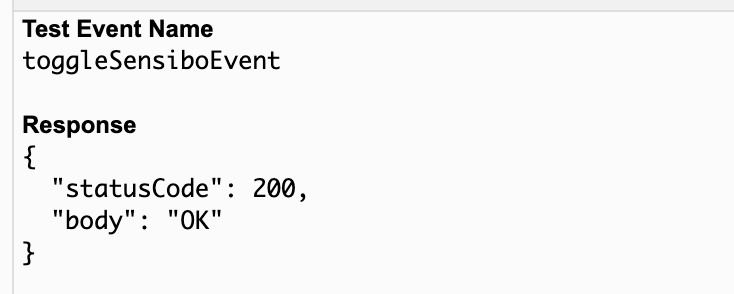
Now, let’s expose the function using a regular HTTP request. To do so, we would need to create a trigger using AWS API Gateway:
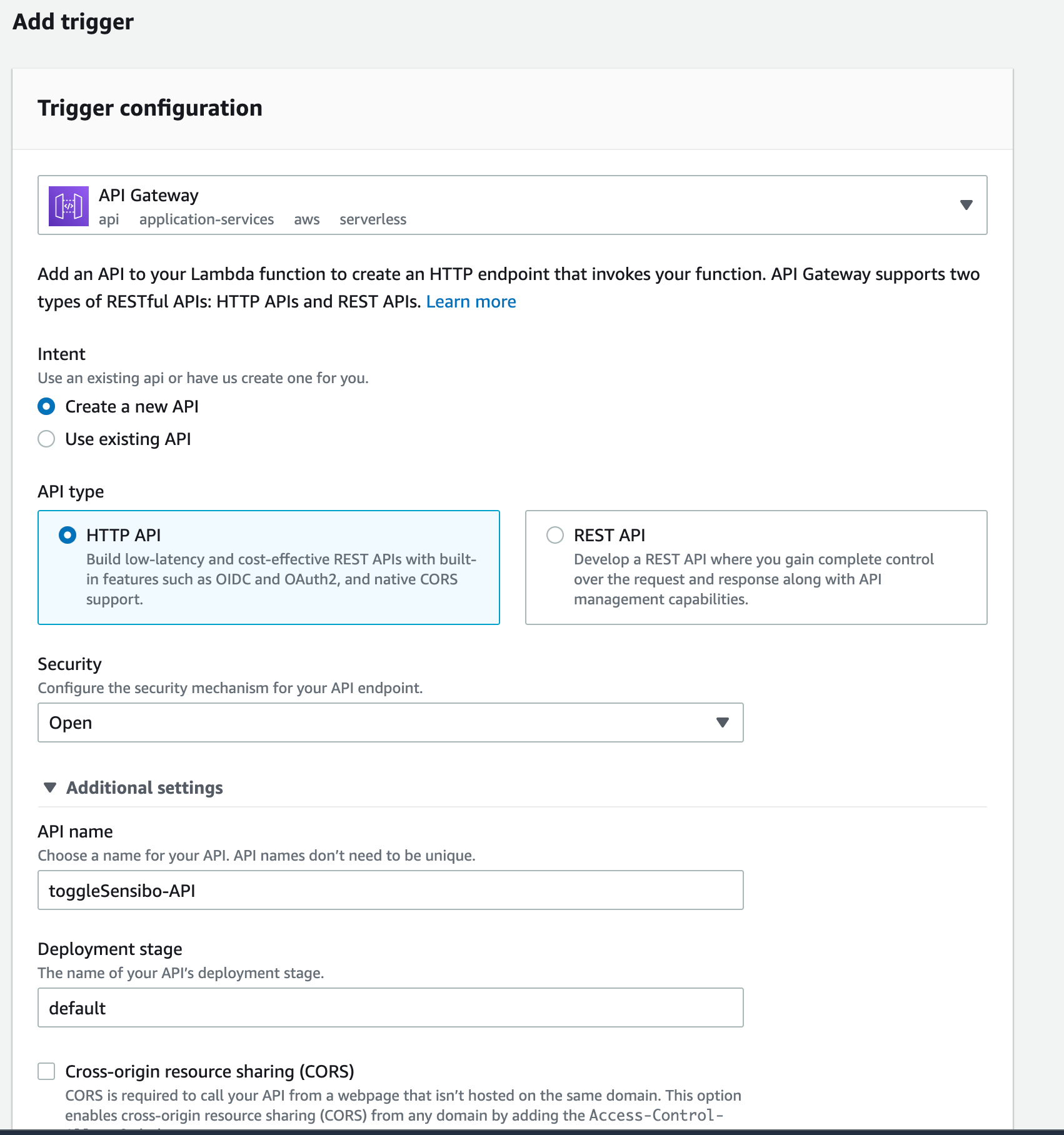
And finally, we would need to change our code to get the parameters as GET query string params:
def lambda_handler(event, context):
try:
event_data = event['queryStringParameters']
client = SensiboClientAPI(event_data['api_key'])
toggle_ac(client, event_data['device_name'])
return {'statusCode': 200, 'body': 'OK'}
except Exception as e:
return {'statusCode': 500, 'body': json.dumps(str(e))}
Let’s test it! Here I am using Postman for easy debugging, but this is just a simple GET request behind the scenes:

It works! Making this HTTP request toggles the AC!
Creating the Shortcut
Now I can finally create the shortcut!
Because this is wrapped behind an API, all I need to do in the shortcut is to trigger the URL:

And sure enough:

Now, I’ll add it to the Lock Screen:

Success!
Conclusion
Before I summarize, another thing that is very important to note is - Be very careful with AWS charges. The internet is full of stories about people who misconfigured their services and got charged with giant bills. Be safe.
This was an excellent introduction to the idea of having code stateless and serverless. The final code is available here.
While this is probably not the best solution to my problem, it was a great lesson, and I’ve learned a lot. Having new technologies come out is the way of life, and using those to perform small tasks such as this one is my favorite way to learn. I hope that sharing my experience encourages you to do the same.
And now - I’m off to set AWS budget limits!
